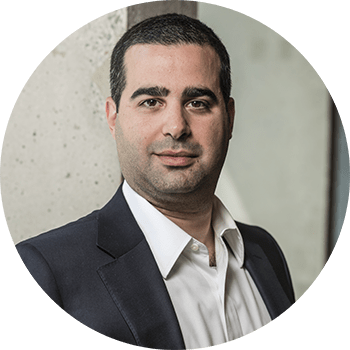Sunnybrook researchers are the first in the world to demonstrate the safety of using focused ultrasound (FUS) to open the blood-brain barrier in patients with amyotrophic lateral sclerosis (ALS), also known as Lou Gehrig’s disease. Their historic journey began when the clinical trial launched in April 2018 and now their study findings have been published in Nature Communications.
Over 3,000 people in Canada have been diagnosed with ALS, a disease that one patient has described as being ‘relentlessly progressive and incurable.’
While research is still in the early stages, this means that the FUS technology can safely and non-invasively reach a deep part of the brain that is related to ALS. MRI-guided FUS uses the power of ultrasound and is sometimes described as ‘scalpel-free’ surgery.
Ultimately, this means that there is hope on the horizon for patients as researchers continue to investigate this state-of-the-art technology that may one day stop the disease from progressing.
The experts behind this latest research share what this milestone means to them.

Dr. Lorne Zinman, senior author, director of Sunnybrook’s ALS Clinic:
This study represents the first step in establishing innovative solutions in the fight against ALS. The patients who have participated in this historic clinical trial are heroes. They are incredibly committed to advancing the science and finding treatments for this devastating and terminal disease. Leading-edge technology such as MRI-guided FUS is key for non-surgical access to the brain and promising therapies that may improve the damage caused by ALS, slow the disease or even stop it from progressing. The future is hopeful as we drive research forward along with revolutionary technology.
Dr. Agessandro Abrahao, lead author and investigator at Sunnybrook’s Harquail Centre for Neuromodulation:
It’s been incredibly inspiring for me to co-lead this world-class, groundbreaking research. We are so delighted that this non-invasive MRI-guided FUS technique has been safe and well-tolerated by all the trial participants with ALS. These brave and altruistic individuals wanted to make history and advance science. We look forward to testing this revolutionary technique coupled with a therapeutic for ALS in the next stage of this research initiative.
Dr. Nir Lipsman, study co-author and director of Sunnybrook’s Harquail Centre for Neuromodulation:
For our team, and our patients, this means progress. It means being one step closer to more effective therapies for ALS and other conditions. Although we are still very much in the early days, each of these milestones, whether in ALS, Alzheimer’s, or Brain tumours, increases our understanding of these conditions, and allows us to refine and advance our ability to deliver therapies directly to the brain, at the site of the pathology where they are needed most. This work would not be possible without the generosity of our donors and funders, and without the pioneering spirit of our patients, who inspire to keep searching for better, more effective therapies.
[mks_button size=”large” title=”Learn more about FUS in ALS” style=”squared” url=”https://sunnybrook.ca/content/?page=focused-ultrasound-als-faq” target=”_self” bg_color=”#2c55a6″ txt_color=”#FFFFFF” icon=”fa-arrow-right” icon_type=”fa” nofollow=”0″]










